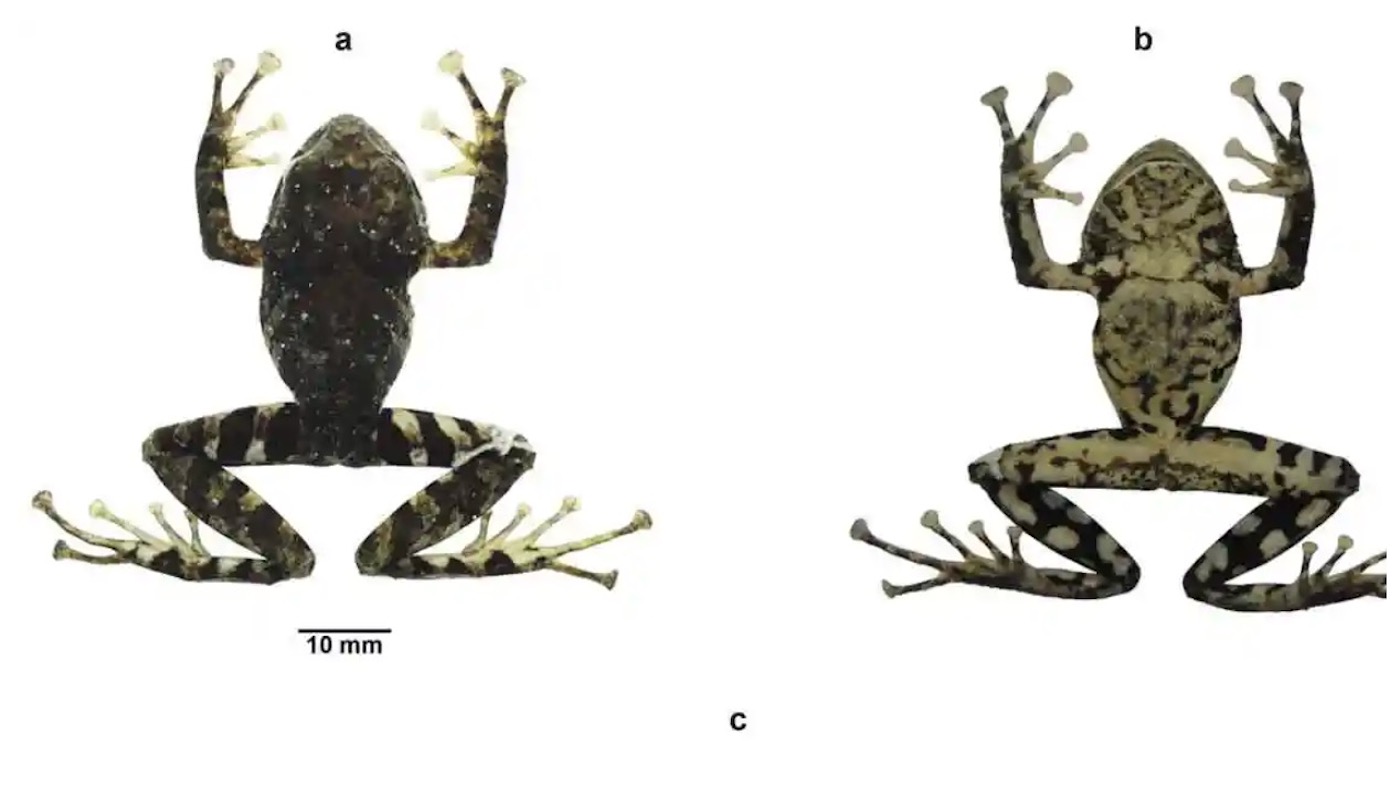Led Zeppelin may have sold hundreds of millions of albums and set audience attendance records in the US which will never be surpassed, but as unimaginable as this may seem, Jimmy Page’s band have remained very much a cult concern among the planet’s amphibian population.
This may change, however, with the thrilling news that scientists pottering around the slopes of the Ecuadorian Andes have discovered a new species of frog and decided to name the little fellas after Led Zeppelin.
Pristimantis ledzeppelin, which translates as Led Zeppelin’s Rain Frog, was found by scientists David Brito-Zapata and Carolina Reyes-Puig in the Cordillera del Cóndor, a regjon straddles south-east Ecuador and north-east Peru. Their discovery has been logged in great detail in the Neotropical Biodiversity Journal.
Brito-Zapata and Reyes-Puig said all the specimens had been found “on shrub vegetation surrounding streams inside mature forest, where they perched on bush leaves”, between 1.7 metres and 3 metres above the water. Males of the species grow to about 2.4cm long, while one adult female was found to measure 3.6cm from snout to vent.
“The name honours Led Zeppelin and their extraordinary music,” the pair explain in the journal. “Led Zeppelin was a British rock band formed in London in 1968, one of the most influential bands throughout the 1970s, and progenitors of both hard rock and heavy metal.”
As yet, the scientists have yet to discover whether our new cold-blooded pals are at a disadvantage when fretting a twin-necked 12 string guitar due to having only four fingered hands, but this information, surely, will be logged soon.

